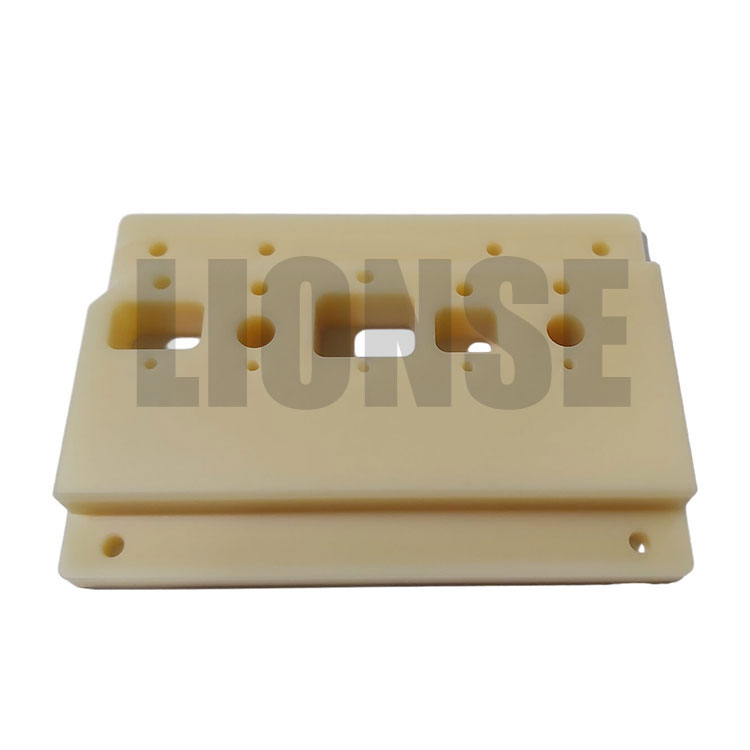Key Points about Engineering Plastics CNC Processing Parts
2024-04-18
Engineering plastics CNC processing parts are components made from various high-performance plastic materials using Computer Numerical Control (CNC) machining processes. These plastics, also known as engineering thermoplastics or high-performance polymers, offer excellent mechanical, thermal, chemical, and electrical properties suitable for demanding applications. Here are some key points about engineering plastics CNC processing parts:
1. Material Selection: Engineering plastics encompass a wide range of materials, including but not limited to:
- Acetal (POM): Known for its high strength, stiffness, and low friction properties, making it suitable for gears, bushings, and precision components.
- Nylon (PA): Offers good wear resistance, impact strength, and chemical resistance, making it ideal for bearings, rollers, and structural components.
- Polyethylene (PE): Provides excellent chemical resistance and low friction, commonly used in seals, gaskets, and wear pads.
- Polypropylene (PP): Known for its chemical resistance, low density, and good impact strength, suitable for tanks, containers, and structural components.
- Polyetheretherketone (PEEK): Offers exceptional mechanical properties, high temperature resistance, and chemical resistance, used in aerospace, automotive, and medical applications.
- Polytetrafluoroethylene (PTFE): Provides low friction, high temperature resistance, and excellent chemical resistance, commonly used in seals, bearings, and electrical components.
2. CNC Machining Processes: CNC machining of engineering plastics involves processes such as milling, turning, drilling, tapping, and threading. These processes are controlled by computer programs to precisely shape and finish plastic parts according to design specifications.
3. Tight Tolerances: CNC machining offers high precision and repeatability, allowing for the production of plastic parts with tight tolerances typically ranging from a few micrometers to tens of micrometers. This ensures accurate dimensions and fitment of the machined parts.
4. Complex Geometries: CNC machining enables the production of plastic parts with complex geometries, intricate features, and fine details that may be difficult or impossible to achieve with conventional machining methods.
5. Surface Finish: Various surface finishes can be achieved through CNC machining of engineering plastics, including smooth finishes, textured surfaces, and polished or coated surfaces, depending on the desired aesthetics and functional requirements of the parts.
6. Applications: Engineering plastics CNC processing parts find applications across diverse industries, including aerospace, automotive, electronics, medical devices, consumer goods, and industrial machinery. They are used in a wide range of components such as gears, bushings, seals, bearings, housings, and structural elements.
7. Cost-Effective Production: While CNC machining of engineering plastics may have higher initial setup costs compared to other manufacturing methods such as injection molding or extrusion, it offers cost-effective solutions for low to medium volume production runs due to its flexibility, versatility, and minimal tooling requirements.
8. Quality Control: Rigorous quality control measures are employed during CNC machining to ensure the dimensional accuracy, surface finish, and mechanical properties of the plastic parts meet or exceed the specified requirements. This may include in-process inspections, dimensional measurements, and material testing.
Overall, engineering plastics CNC processing parts offer a combination of high performance, versatility, and cost-effectiveness, making them a preferred choice for various applications where lightweight, durable, and precisely engineered components are required.



